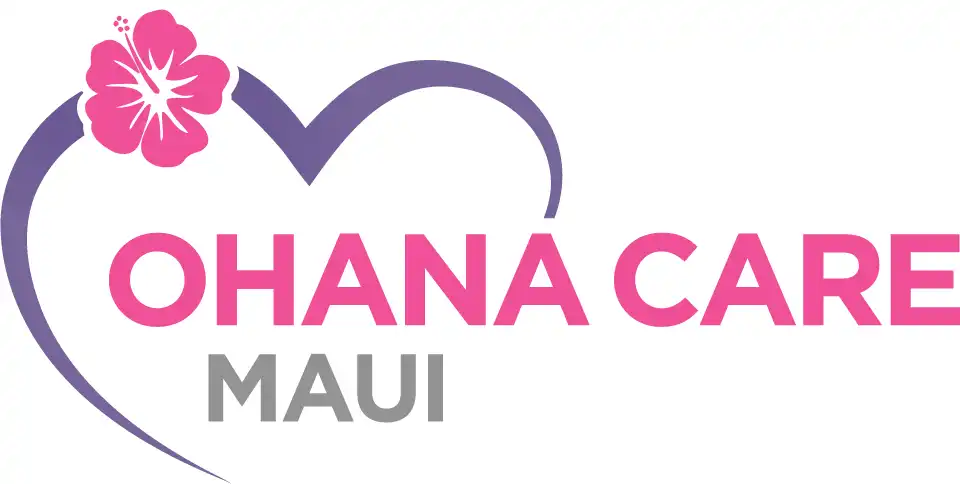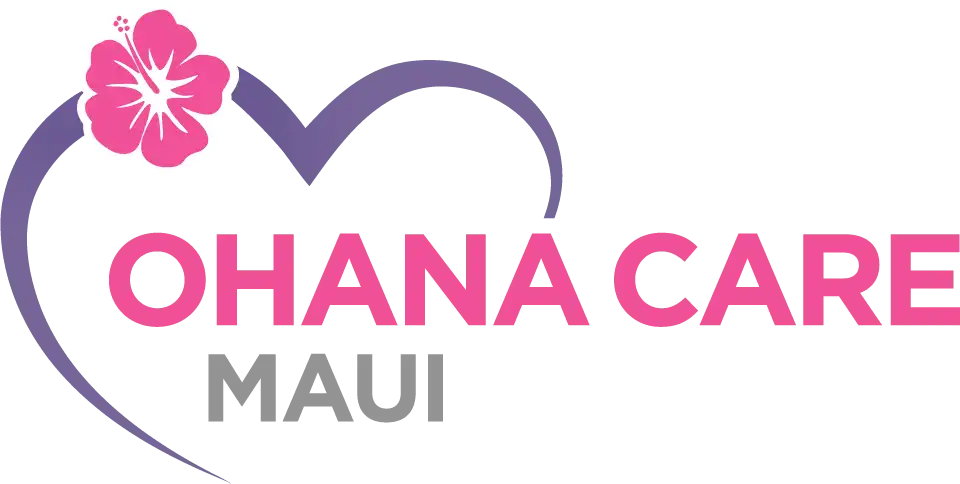Understanding your FEMA determination letter

What does your FEMA letter mean?
Hawaiʻi residents who registered for FEMA assistance for the wildfires that began sweeping across Maui Aug. 8 will receive a determination letter from FEMA. In some cases, the letter may say you are ineligible for assistance. FEMA advises that this is not a denial.
“It is important to read the letter carefully. It will include the amount of assistance FEMA may provide and information on how you can use your disaster assistance funds. The letter will also explain your application status and it will give you information about what to do to appeal FEMA’s decision,” according to agency representatives.
The letter might also ask the recipient to send additional information or supporting documentation for FEMA to continue reviewing an application. For example, applicants may be asked to send one or more of the following:
- Proof of insurance coverage
- Settlement of insurance claims or denial letter from insurance provider
- Proof of identity
- Proof of occupancy
- Proof of ownership
- Proof that the damaged property was the applicant’s primary residence at the time of the disaster.
If you are one of multiple families living in the same residence, each family within the household may be eligible for assistance. Your landlord will be required to provide a written statement or agreement that clearly says you had a lease agreement in place before the disaster. You can also provide old rent receipts, bank transactions or checks showing you paid rent to the landlord. These receipts must be dated within three months of the fires. In other words, they must be dated between May 8 and Aug. 8.
If you have questions about your FEMA determination letter, call the FEMA Helpline at 800-621-3362. Specialists are available 24 hours a day, seven days a week. Help is available in most languages. If you use a relay service such as Video Relay Service, captioned telephone service or others, give FEMA your number for that service when you apply.
The stages of recovery

Bob Fenton, Regional Administrator for FEMA and federal response coordinator for the Maui event said the agency’s efforts are multi faceted.
The search:
- The search for human remains on land in the burned area in Lahaina is now complete. Fenton said the fire reached temperatures of 2,000 degrees Fahrenheit. FEMA has transferred data it gathered from the search.
- Now, the investigative process is underway to narrow the list of unaccounted for individuals, led by the Maui Police Department and supported by the FBI. A mortuary team from the Department of Health and Human Services and Anthropologists from the Department of Defense are providing mortuary support.
- The next phase includes the removal of hazards. The US Environmental Protection Agency is on hand to remove batteries, propane tanks, freon, asbestos and other heavy metals. Once hazards are removed, the County of Maui will address the safe reentry of residents to assess their properties.
- Debris removal will come when the time is right and the hazards are gone.
Helping individuals impacted by the event:
- To register with FEMA for shelter or financial assistance, call 1 800-621-3362, visit disasterassistance.gov, or apply through the FEMA smartphone app. You can also get assistance in person. There are several Disaster Resource Centers available on Maui. Each is open daily from 8 a.m. to 7 p.m.
- At last report, there were 5,852 people housed at hotel locations, which provide a temporary solution to give families and individuals a comfortable and safe place to stay near their community while more permanent housing plans are developed.
- The key is to continue to help through case management. Much of this is being done with the assistance of the Red Cross.
Mid- to long-term solutions:
- What is the future of Lahaina and how can FEMA support that.
- How to use rental assistance to get people in a more permanent housing situation.
- The FEMA assistance continues for up to 18 months, and it is possible to request an extension.
Finding a FEMA Disaster Resource Center:
FEMA Disaster Resource Center in Kahului – 8 a.m. to 7 p.m. daily
University of Hawaii Maui College (UHMC)
310 W. Kaʻahumanu Avenue
Kahului, Maui 96732
FEMA’s MEGA Disaster Resource Center in Lahaina – 8 a.m. to 7 p.m. daily
Lahaina Civic Center
1830 HI-30
Lahaina, Maui 96761
FEMA Disaster Recovery Center in Pukalani – 8 a.m. to 7 p.m. daily
Mayor Hannibal Tavares Community Center
91 Pukalani St.
Kula Shofukuji Mission (Sept. 7-8)
FEMA assistance will also be available on Thursday and Friday, Sept. 7 and 8, at the Kula Shofukuji Mission, from 12 p.m. to 6 p.m, at 113 Puanani Place, Kula, 96760.
Family Assistance Center (FAC) – Open daily from 10 a.m. to 8 p.m.
Hyatt Regency Maui Resort & Spa – Kāʻanapali
200 Nohea Kai Drive
Lahaina, Maui 96761
People who do not meet FEMA qualifications will be eligible for hotel emergency lodging through the Red Cross, including non-citizens and those who were homeless prior to the fires. For information, call 1 800-733-2767.








